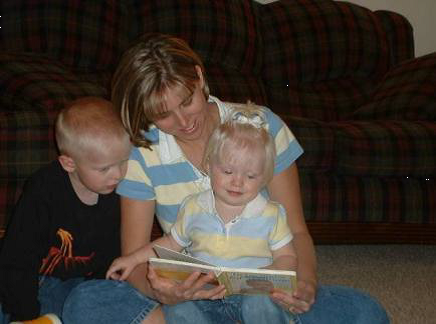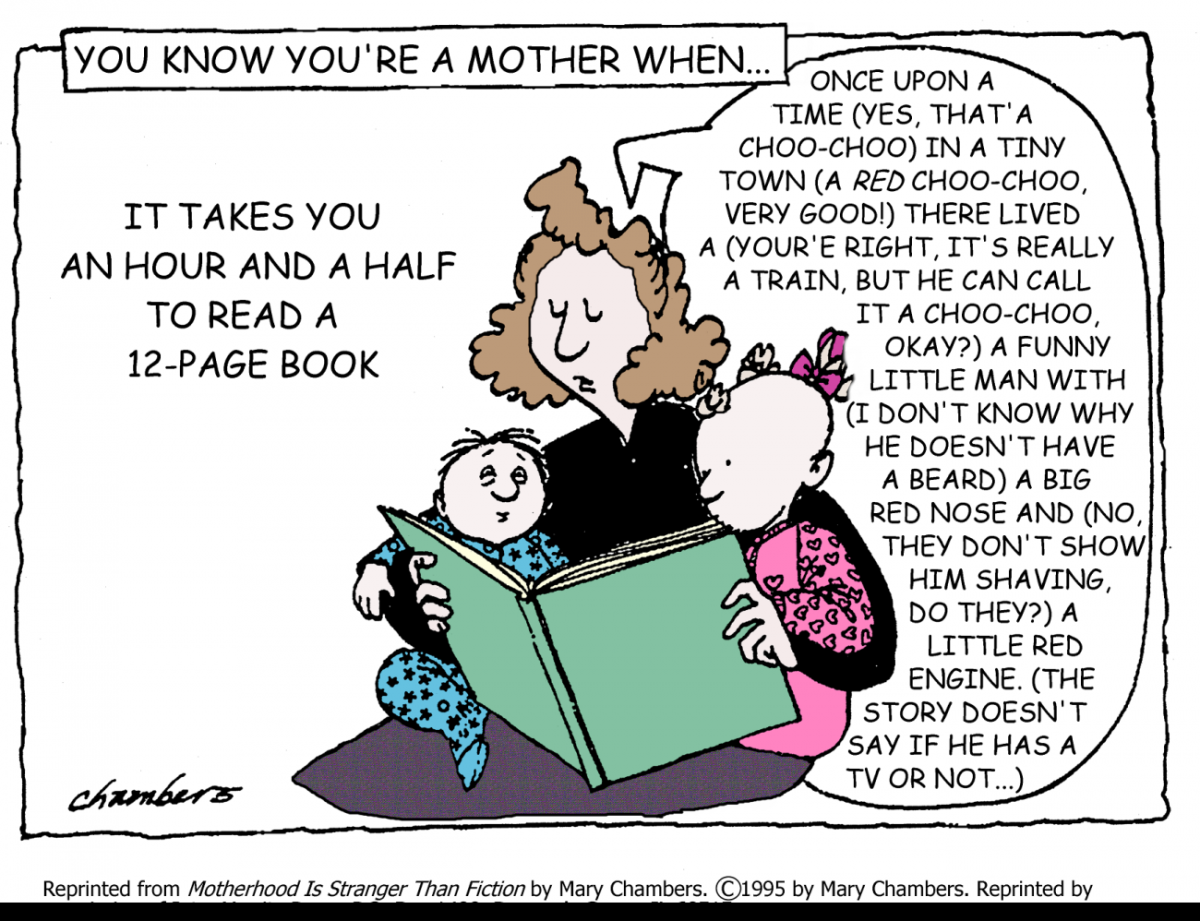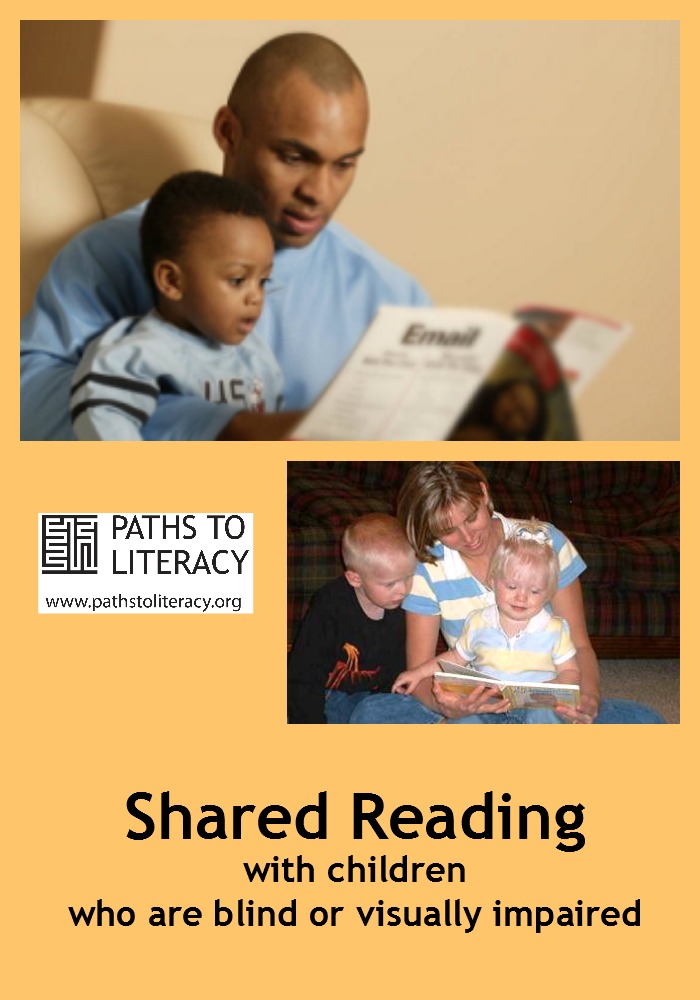Shared Storybook Reading
Submitted by Bess Dennison on Sep 27, 2013

Shared storybook reading with caregivers is one of the first and most important book experiences of children with visual impairments.
It can be a wonderful way for parents or caregivers to enjoy an activity together, while also helping the child to develop important skills.
Shared storybook reading helps children acquire:
- oral language
- phonological awareness
- concept development
- knowledge of the conventions of print/Braille and of print/braille intentionality, and alphabetic knowledge
Caregivers’ Roll in Fostering a Love of Reading
- Read to the child everyday and start as early as possible.
- Sing nursery rhymes and children’s songs.
- Treat books as though they are special.
- Let the child make their own book with real objects and add braille.
- Read with expression.
- Let the child see you reading.
- Keep books out and available on a low shelf where the young child can find them.
- Practice turning pages together and placing the book right side up. Find page numbers. Talk about reading left to right.
- Explore tactile books.
Shared Storybook Tips
- Select a time when the child is happy and read in a comfortable location.
- Read in a dramatic voice that makes the book exciting and add noises related to the story.
- Read only for as long as the child is interested—a few minutes is OK.
- Let children help turn the pages, even if a few pages are skipped.
- Point to the print or run fingers over the braille as the book is read.
- Discuss pictures, illustrations, and story objects.
- As you read, pause to recall what happened before or to talk about what might happen next.
- Stop to ask questions then think through answers together.
- Relate the book to children’s and family’s experiences.
- Talk about unfamiliar words.
- If the child can see them, talk about what is happening in the pictures. Share your opinions of the story.

See related video and materials at Washington Sensory Disability Services.

